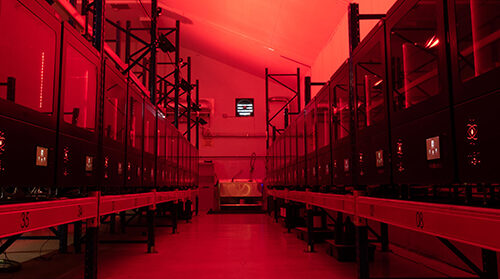The future of 3D printing in collision repair

- 16/08/2021
- Posted by: Simon Wait
- Category: News
As with the automotive industry, 3D printing technology has come a long way since the 1980s. Combining the two, though, has resulted in a significant step forward for both manufacturers and the aftermarket, writes Danielle Bagnall.
Emissions and the environment have been a growing concern for much of this century, with all political parties marking it high importance within their agendas.
Combining 3D printing with the production and reproduction of parts has proven to be a cost-effective way of bringing down those emissions and reducing plastic waste.
It’s even possible to print an entire car using the technology. However, it’s in the rapid prototyping of parts that the use of the technology counts most.
Many manufacturers are turning to 3D to produce a variety of parts; gearshift knobs, airbag components, pistons and seat parts are just a selection being regularly 3D-printed by top automotive brand manufacturers around the world. Compared to other manufacturing processes new parts can be printed and tested quickly, enabling manufacturers to get to market at speed.
To read more, visit bodyshop’s August issue.




